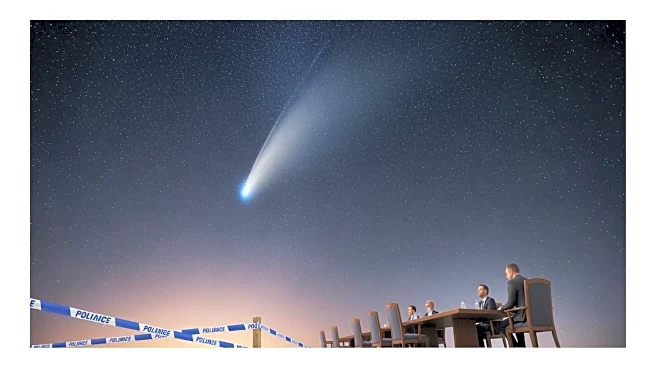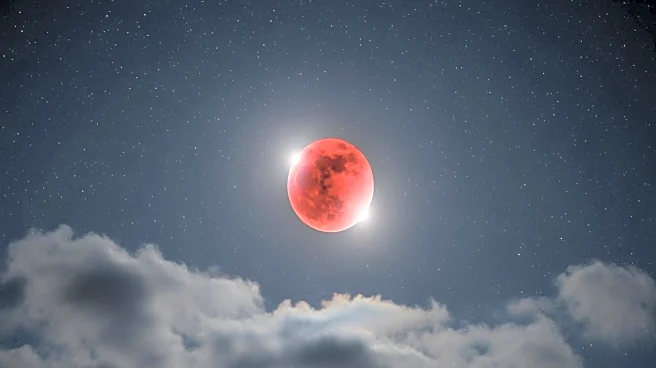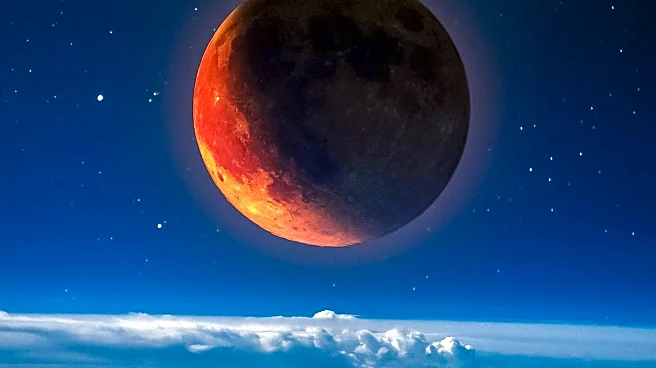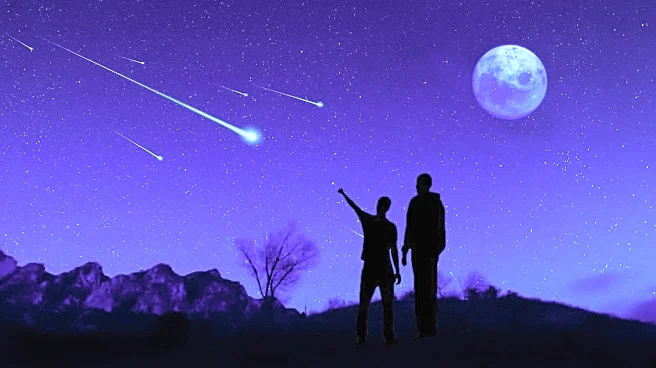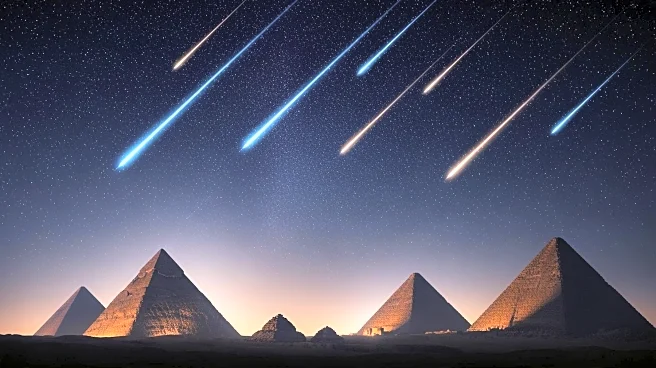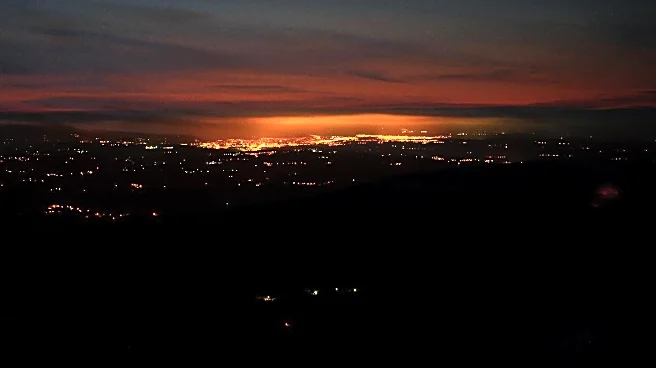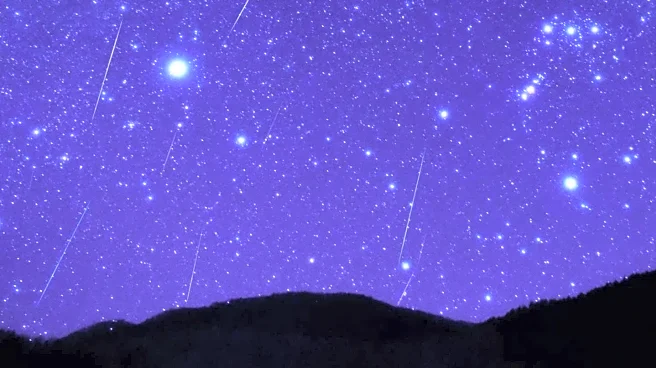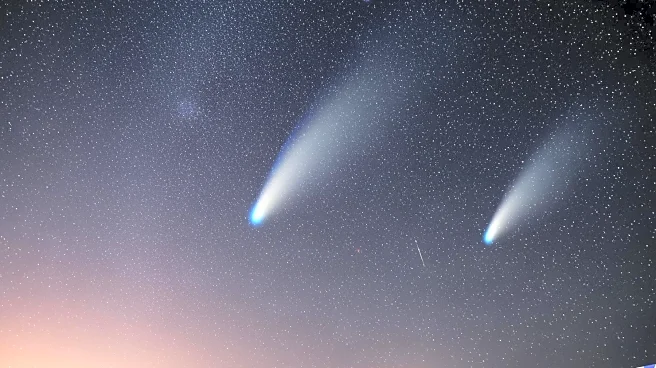What's Happening?
The November beaver supermoon, the largest and brightest supermoon of 2025, is set to rise on November 5. This celestial event will coincide with the peak of the southern Taurid meteor shower, followed
by the northern Taurid and Leonid meteor showers later in the month. The beaver supermoon will be the second of three consecutive supermoons this year, orbiting closer to Earth than any other full moon in 2025. The supermoon will appear larger and more orange due to its proximity to the horizon. The Taurid meteor showers, known for their slow-moving meteors, will peak on November 4-5 and November 11-12, respectively. The Leonid meteor shower, known for its bright shooting stars, will peak on November 18.
Why It's Important?
These astronomical events offer a unique opportunity for skywatchers and astronomy enthusiasts to observe rare celestial phenomena. The supermoon and meteor showers provide educational and recreational opportunities, encouraging public interest in astronomy. The events also have cultural significance, as full moon names like the 'beaver moon' are rooted in Native American and colonial folklore. The visibility of these events across the U.S. can foster community gatherings and public stargazing events, promoting science education and appreciation for natural phenomena.
What's Next?
Following the November supermoon and meteor showers, the next significant celestial event will be the December cold supermoon on December 4, 2025. The winter solstice will occur on December 21, marking the shortest day of the year. These events will continue to provide opportunities for public engagement with astronomy and natural sciences.


